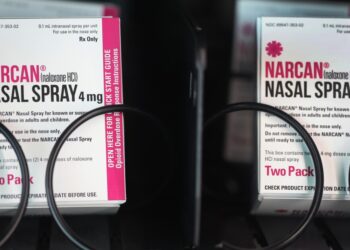Sunscreen has only been around a century but pharmacy shelves are now lined with an assortment of sunscreens with a variety of active ingredients aimed to please everyone from the outdoorsman to the beauty-conscious shopper. The timeline below from the National Library of Medicine tells a brief story of sunscreen.
1798: Robert Willan, the father of modern dermatology, describes a skin condition called eczema solare, or skin sensitivity to light.
1820: English physician Sir Everard Home first proposes that skin pigmentation has protective effects against the sun and that a component of sunlight other than heat affects the skin.
1878: Otto Veiel of Austria describes tannins as a form of sun protection. However, the darkening effect of tannins on the skin prevents them from being commercialized as a sunscreen.
1889: Erik Johan Widmark of Stockholm publishes a landmark study that experimentally proves UV radiation can cause skin erythema and burns.
1891: Dr. Hammer of Stuttgart, Germany, is the first to specifically recommend the use of chemical sunscreens to prevent UV radiation from causing erythema solare of the skin; he uses quinine prepared in an ointment as the first human sunscreen.
1896: Dr. Paul Unna, a German physician, first describes an association between sun exposure and skin cancer: he explains precursor skin cancer changes, such as hyperkeratosis, on sun-exposed skin.
1910: Dr. Unna develops a sunscreen from chestnut extract, sold under the names “Zeozon” and “Ultrazeozon.”
1920s: Coco Chanel popularizes the idea of tanning after photographs of her are taken following a Mediterranean cruise. Her friend, Prince Jean-Louis de Faucigny-Lucigne, says: “I think she may have invented sunbathing.” Tanned skin becomes a sign of a healthy, leisurely, and privileged way of life in Western culture.
1928: Dr. G. M. Findlay publishes a paper with the first experimental proof of the association between UV radiation and skin cancer in an animal…
Read the full article here







